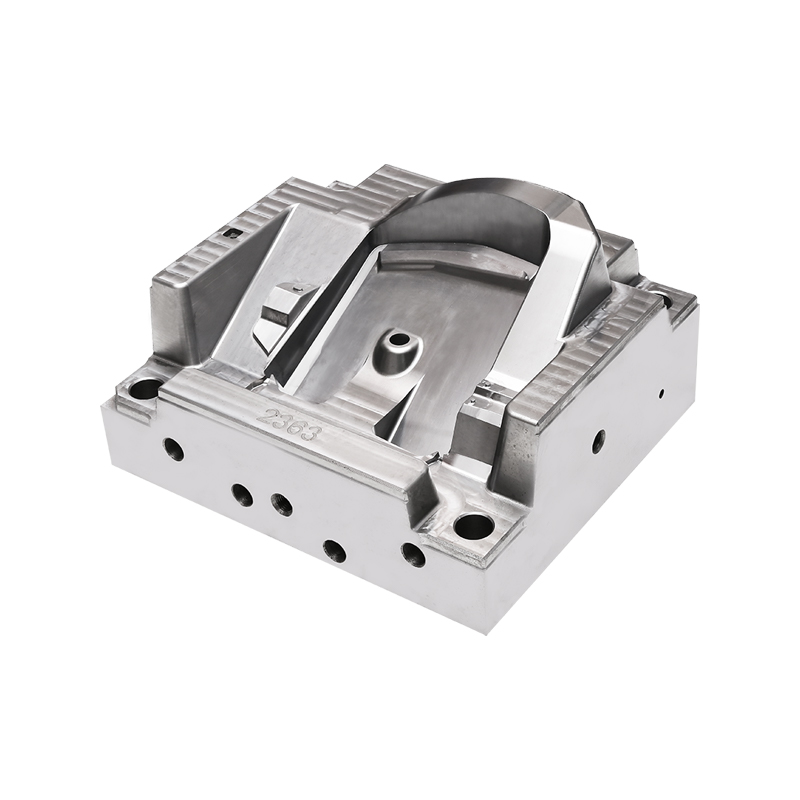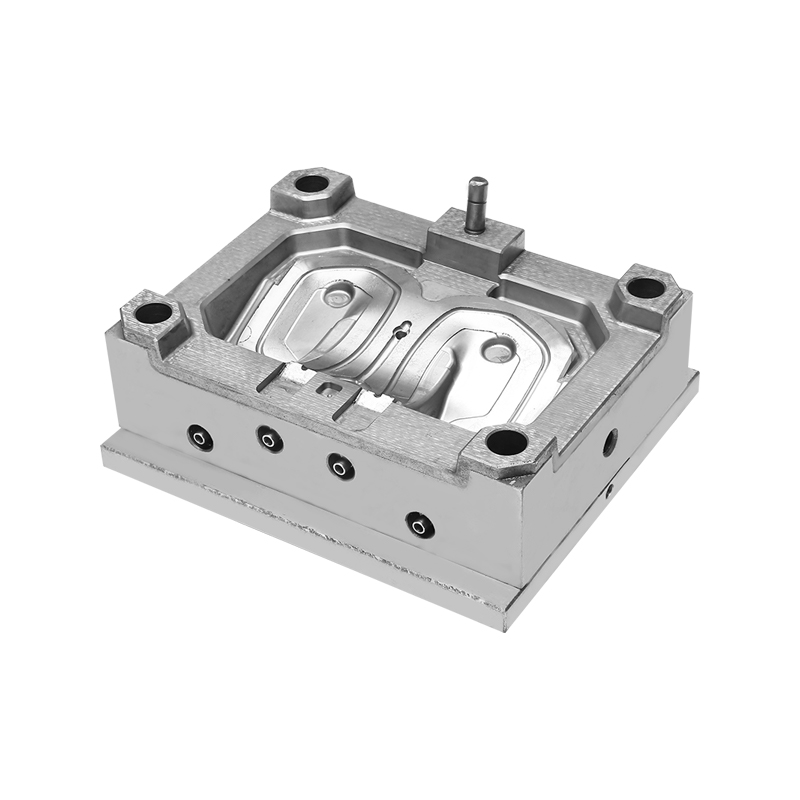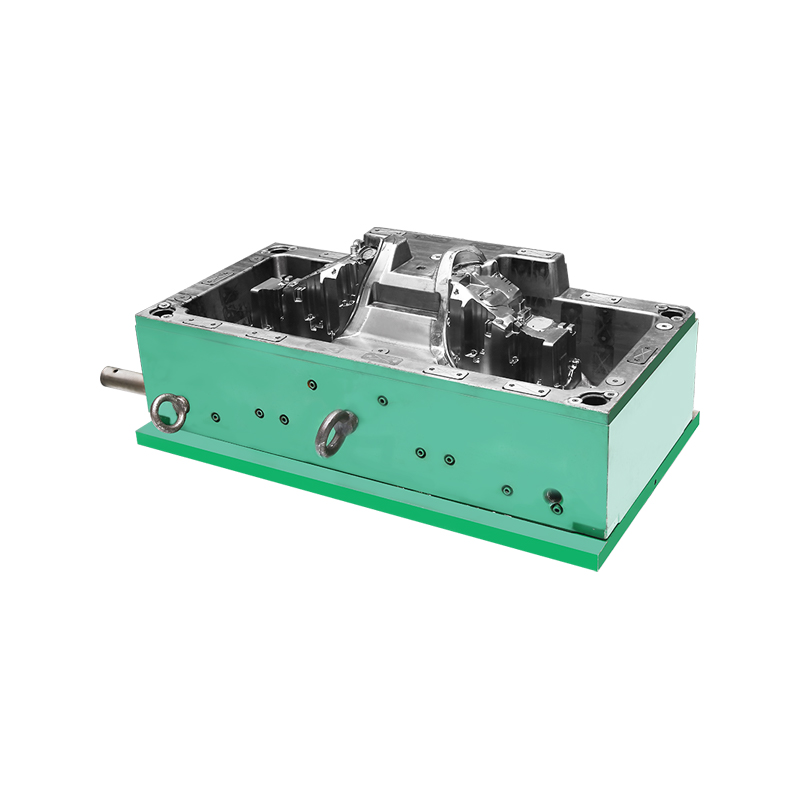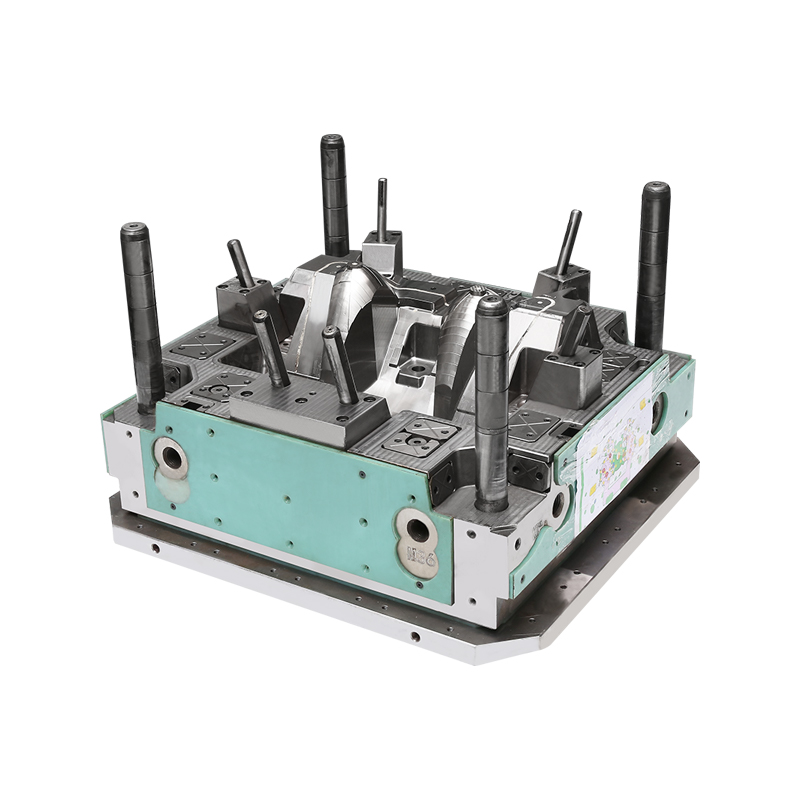The global automotive lighting industry continues to evolve, and at the heart of this transformation lies the Auto Lamp Mould—a precision component essential to producing high-quality headlights, taillights, and signal lamps. Automotive design is increasingly defined by sleek aesthetics, improved visibility, and greater energy efficiency, driving stronger demand for advanced moulds that can produce complex shapes and maintain high optical clarity.
An auto lamp mould is more than a manufacturing tool; it is a key determinant of the final product’s performance and visual appeal. The design accuracy of a mould influences how light is distributed, how resistant a lamp is to environmental stress, and how well it integrates with modern vehicle bodies. Manufacturers across Asia, Europe, and North America are investing in precision machining technologies, such as high-speed CNC systems and multi-axis EDM, to ensure dimensional stability and surface smoothness in every mould cavity.
Automation has become a defining feature of this field. Factories are now integrating digital mould design platforms, 3D scanning, and computer-aided manufacturing systems to shorten production cycles and reduce human error. The adoption of simulation software also allows engineers to predict plastic flow behavior and cooling performance before cutting steel, which improves the consistency and efficiency of the moulding process. These technological shifts reflect a broader movement toward intelligent manufacturing in the automotive supply chain.
Material selection plays an equally important role. Tool steel and hardened alloys remain the preferred choices for their durability and resistance to deformation, while surface treatments such as nitriding and polishing enhance the mould’s lifespan and appearance. For components like headlight lenses or decorative lamp housings, where transparency and precision are critical, manufacturers rely on ultra-precision polishing and vacuum plating techniques to achieve mirror-like finishes.
Beyond technology, sustainability is shaping the direction of Auto Lamp Mould development. Many mould producers are exploring recyclable plastics, lightweight materials, and improved cooling systems that minimize energy use during injection moulding. Efficient cooling channels not only reduce production time but also lower carbon emissions, aligning with the automotive industry’s broader shift toward greener manufacturing practices.
In the competitive global market, customization has emerged as a major advantage. Carmakers frequently request tailor-made lamp designs that align with brand identity and aerodynamic profiles. This trend encourages mould makers to work closely with automotive design teams, offering integrated services from concept development to prototyping and final production. The result is a stronger partnership between design and engineering, where aesthetics meet technical precision.
China has become a hub in Auto Lamp Mould manufacturing, with many companies combining local expertise and international collaboration to deliver high-quality moulds at competitive prices. Firms in Zhejiang and Guangdong provinces, for example, have established complete supply chains covering mould design, component machining, polishing, and testing. They export to major automakers worldwide and play a crucial role in supporting both traditional and electric vehicle lighting systems.
The growing adoption of LED and laser lighting technologies in vehicles is making the geometry and functionality of lamp housings more complex. Mould makers must meet tighter tolerances, accommodate new materials, and ensure optical precision suitable for high-performance lighting. This dynamic environment encourages continuous innovation, driving the industry toward even greater accuracy and integration.
The Auto Lamp Mould sector stands at an intersection of artistry, technology, and sustainability.The ongoing pursuit of higher performance and visual sophistication in car design keeps the demand for refined and efficient lamp mould solutions as a key driver in shaping the next generation of automotive development.

 English
English 中文简体
中文简体 русский
русский Español
Español








